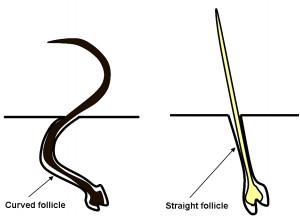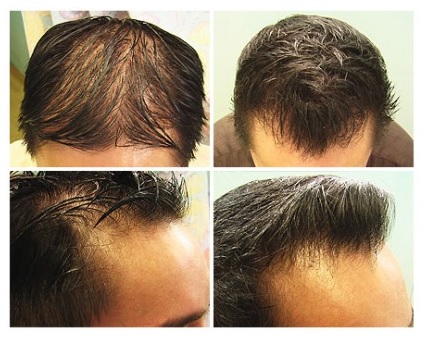Asians experience pattern baldness less than Caucasians but other factors may increase hair loss. Genetically similar races such as indigenous Americans (North, central and South) have less instances of genetic hair loss as well. Regardless, ethnicity across the board aspire to look and feel their best. This includes remaining in shape, taking care of their skin and having a full head of hair.
While diet and exercise can achieve admirable results, hair loss is sometimes unavoidable. Factors may include genetics, hormonal imbalance or even illness. Asians may try to treat hair loss with Eastern medicine, including acupuncture and herbal remedies. One Eastern medicine purported remedy is ginseng. When this does not work, surgery becomes an option. Hair transplant surgery is gaining in popularity to permanently address the issue of hair loss.
Hair Loss Transplantation for Asians with FUE
Asian hair type also differs from Caucasians. Asians have more dense hair follicles yet fewer hairs per square centimeter. When Asians lose hair, their donor area can be much smaller than that of Caucasians. Hair is thick with extremely straight follicles, which is the ideal for FUE.

The introduction of follicular unit extraction (FUE) to the field now allows for a less invasive procedure with outstanding results. Asians can opt for more advanced forms of FUE to increase their donor their areas. This includes body to head transplant (BHT), where hair is taken from non-head sources such as the beard, chest or leg.
FUE and BHT Advantages
- Use of nape hair in Asians whose typical head donor is thick overcomes the problem of harshness in transplanted hairlines
- Expands donor areas
- Minimal scarring
- Less invasive surgery
- Quick recovery time
Dr. Umar has taken the best hair loss treatment to another level with his uGraft method, also known as the Umar Procedure. Unlike surgical procedures of the past, Dr. Umar’s patients have stunning results with minimal pain, lack of starring, less downtime and the superior long-lasting replacement of hair.
Read more about use of nape hair in creating softer transplanted hairlines

